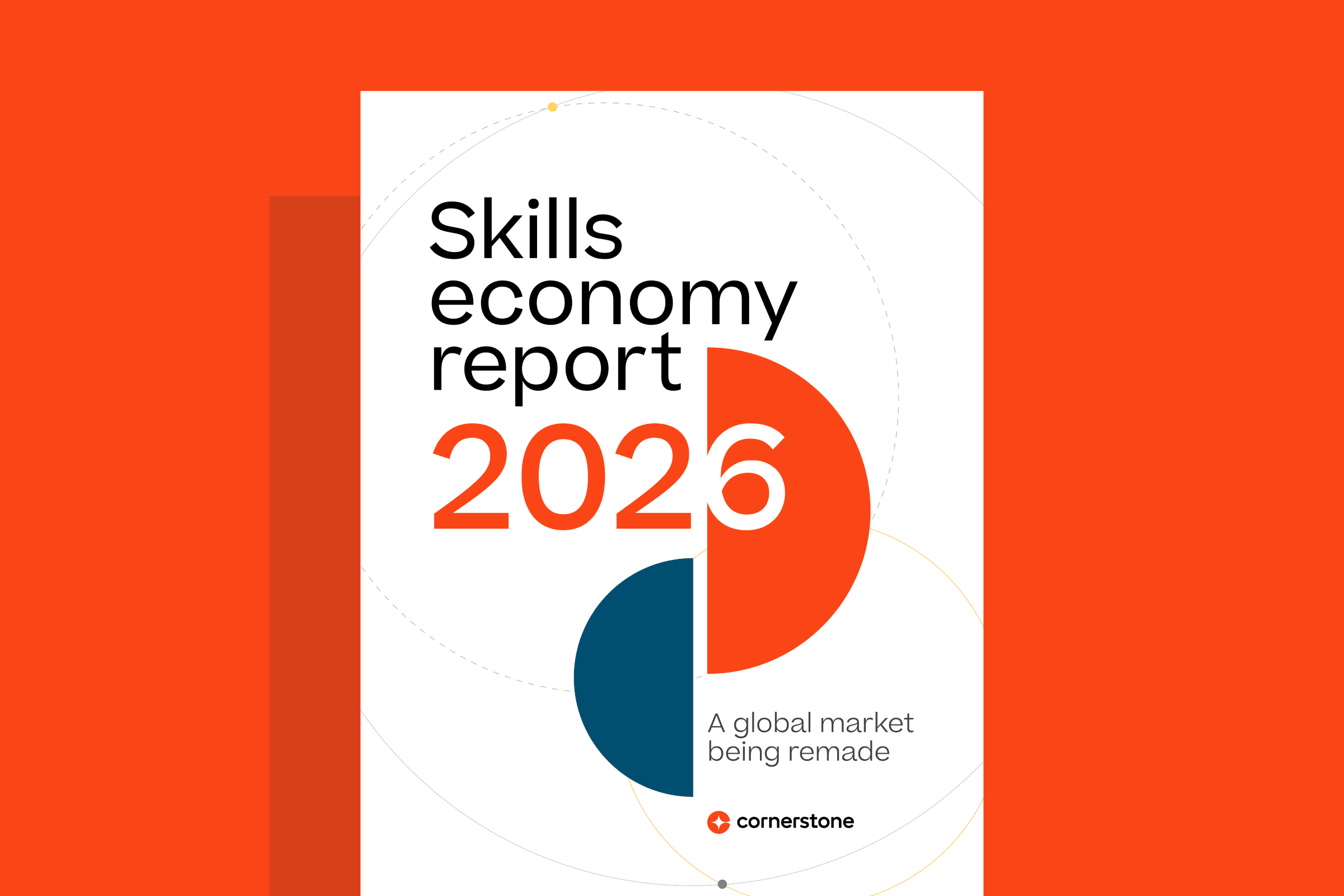We talk a lot about the future of work, but what about the future of where we work?
New workplace trends are not only changing the way we think about our careers and office cultures, they're also changing the nature of the "office" itself. Long gone are the days of cubicles, corner offices and stuffy conference rooms. Instead, office design is increasingly reflective of modern work values.
The increased prioritization of flexibility and collaboration over traditional work hours and hierarchies has translated to open offices, versatile seating arrangements and adjustable work-from-home policies. But some design firms and architects are pushing the envelope even further: considering how office environments reflect new standards like mobility, sustainability, community and more.
What will our offices look like in 10, 15 or 20 years? Here are five architectural visions of the future:
1. Standing Room Only
Photo credit: Jan Kempenaers
The health risks of sitting at work are well-known by now, ushering in an age of standing desks, treadmill desks and even bike desks. Dutch firm Rietveld Architecture-Art-Affordances (RAAAF) offered a different approach: Let's tackle sitting by obliterating the idea of desks entirely.
Their experimental office design, The End of Sitting, comprises diverse surfaces in lieu of furniture to support multiple working positions. While guests trying out the sample installation had some feedback on utility, they also reported an up-tick in well-being and physical fatigue, RAAAF partner Ronald Rietveld told WIRED. "There's a thousand things that could be improved, but that's not what this is about," Rietveld said. "The most important thing for us is that it's offering more activity and more well-being."
2. Work on Wheels
Photo credit: IDEO
Recently, the IDEO team unveiled an internal project on the future of automobility—asking themselves, how will the driverless car impact our lives?
One potential concept: a mobile workstation. As autonomous driving becomes more mainstream, IDEO envisions "inverse commutes, where working spaces come closer to where people live instead of commuters heading to pre-determined workplaces." Work on Wheels, as IDEO calls it, would not only dramatically reduce commutes, but could leverage underutilized real estate, optimize energy resources and provide opportunities for ad hoc services, like food trucks and mobile dentistry, to thrive.
3. Truly Local Lunch
Photo credit: Organic Grid+
When it's time for lunch, why not source your salad from the office?
Interior designers Sean Cassidy and Joe Wilson decided to put employee health and well-being at the forefront of their futuristic office, Organic Grid+, the winner of Metropolis' Workplace of the Future 2.0competition. The design includes both radical customization, giving employees the opportunity to design walls, desks and meeting rooms to best suit their needs, as well as health-conscious attributes, such as wearables to track worker wellness, "sky gardens" and planting stations for employees to harvest their own food.
"In our minds, workers are the heart of most businesses and should be treated as such," Cassidy toldMetropolis. "If we spend one-third of our lives at work, then we should create a greater cohesive relationship between the employee and the workspace."
4. Home Sweet Work
Photo credit: M Moser Associates
With modern technology enabling most people to complete any work from home, some designers propose the new purpose of the office is to foster face-to-face interaction between employees—not simply offer a place to do work.
That's the idea behind M Moser Associates' "convivial workplace," an office that encourages workers to socialize. The design resembles a living room or café, and aims to be a stimulating environment employees. While most offices already have common spaces, they aren't typically a part of an employee's daily routine. As Steve Gale, London head of workplace strategy at M Moser Associates, told Huffington Post, the idea of the social workplace is a "shift in the center of gravity to a different way of thinking and working."
5. Embodying Transparency
Photo credit: Bjarke Ingels Group and Heatherwick Studios
Google has long been at the forefront of innovative workplaces, pioneering the versatile office as well as workplace perks like in-house chefs and laundry services. They recently proposed a blueprint for a new Mountain View campus that Silicon Valley Business Journal claims could "explode the concept" of buildings and workspaces.
What's so special about the new Google office? For one, the proposal reworks the entire North Bayshore district with community gardens, retail shops and cultural spaces open to the public. In addition, the buildings are built to be transparent and flexible—literally. Cable-net glass roofs invite the public to peek inside Google, and the buildings are made up of pieces that can be inserted, removed, raised and lowered at will.
"It really evolved out of stepping back from first principles and saying, 'What's holding us up?'" David Radcliffe, Vice President of Real Estate and Workplace Services at Google told SVBJ. "It comes out of our experiences of trying to support our evolving business."


